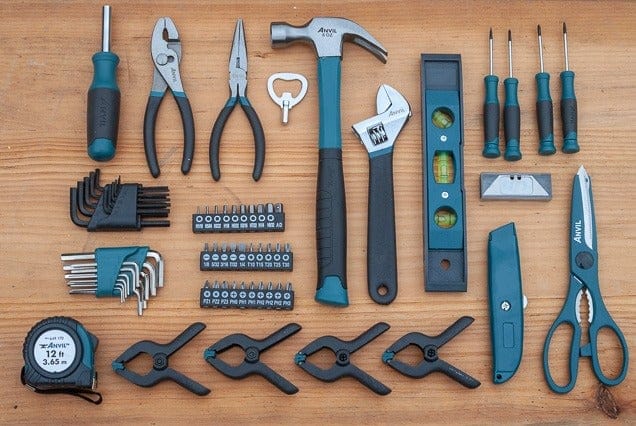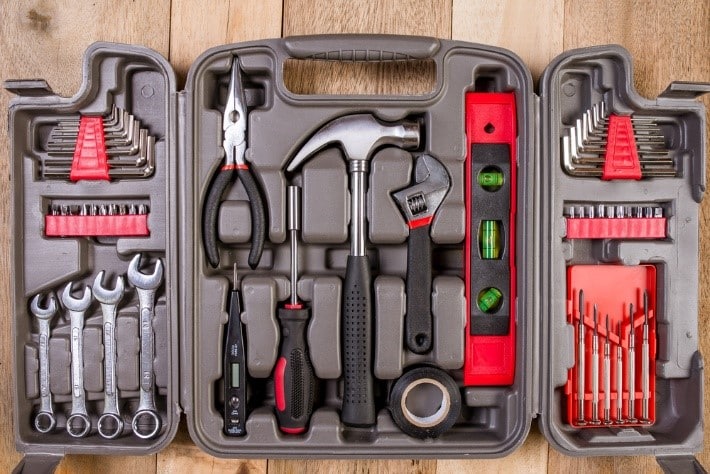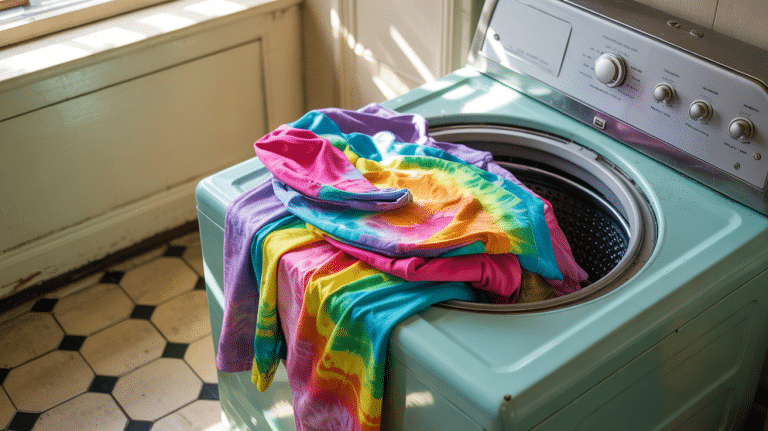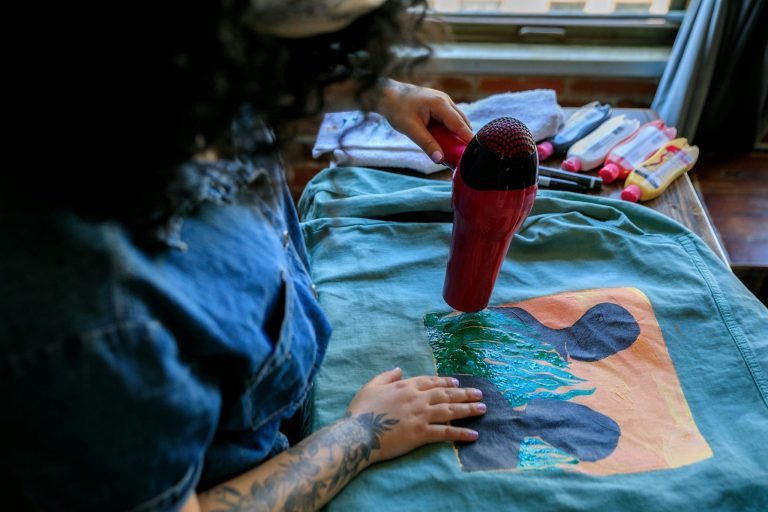Building a basic household tool kit will help you keep on top of home maintenance and decorating, and having the right tools at your disposal makes the world of difference — you’ll save time and energy, and ensure high quality results. But where do you start? Here’s a guide to what you will need.
Consider Your Projects and Storage Needs
Before you head to the hardware store, consider what kind of projects you’ll be tackling. Are you focusing on general repairs, or will you be venturing into home improvements? Good quality tools come at a cost, but they can last a lifetime and could make things easier. The best advice is to buy the best tools within your budget.
It’s also essential to have proper storage for your tools, keeping them organized and easily accessible. Options range from large tool cabinets to small portable boxes. If your mobility is limited, tool storage on wheels could be a great choice. Other considerations are the size of your tool collection, and where you’ll be using them most frequently.
Essential Tools for Every Kit
1. Screwdrivers
Both flathead and cross head screwdrivers are a must for your tool kit. Include at least three sizes of each to ensure they fit the most common screws. Alternatively, invest in a screwdriver with interchangeable heads. These sets contain multiple tips and are an excellent way to save space.
2. Hammer
Choose a claw-style hammer, versatile for hammering nails and removing them, as well as tackling many tasks around the home that require a bit of force.
3. Wrenches & Spanners
You can opt to purchase a set of spanners that has all of the most common sizes included, which often feature comfortable grips and labelled sizing. Or, choose an adjustable wrench to save space and money.
4. Pliers
You’ll need at least two pairs of pliers with comfortable, non-slip handles — a needle-nose pair and a heavier, grooved pair. Some pliers are able to cut wire too, so consider your need for this.
5. Utility Knife (and Spare Blades!)
It doesn’t have to be fancy, but you’ll need a knife with a retractable blade and safety lock, especially if you have children or pets. Again, it’s important to choose a knife with a comfortable, non-slip handle.
6. Silicone Sealant
A simple to use silicone sealant is a must for a household tool kit. Used for sealing areas that require an airtight seal or a waterproof seal, this is an essential element of every tool kit. The most common uses of silicone sealant is around windows and shower screens, to avoid moisture accumulating, prevent mould build up, and prevent leaks.
7. Putty Knife & Filler
There will always be spots to touch up around the home so include a good quality filler with a putty knife for ease of application. A putty knife is also useful for scraping off loose paint and removing pieces of wallpaper.
8. Sandpaper
For the majority of everyday household tasks a fine grit sandpaper will do the trick, such as smoothing filled holes and walls before painting.
9. Glues
The most common glues for use in the home are superglue and wood glue. Consider the types of glues you think would be useful and include them in your tool kit.
10. Solvent
Store-bought solvent is great for removing gloss paint among other uses. Remember, solvents can be dangerous so always follow the manufacturer’s instructions.
11. Tape Measure
Opt for a reliable tape measure with a locking mechanism. A 25ft / 10m measure will be long enough for household use. You could include an additional, smaller tape measure of 10ft / 3m, for the smaller tasks.
12. Level
A good quality level means precise work and a perfect finish. Choose a level that has vertical and diagonal bubbles, as well as horizontal, to get the most for your money.
Additional Essentials
In addition to tools, you’ll need a few other things in your tool kit for successful projects and safety:
– Pencils
– Masking tape
– Straight metal edge/ruler
– Metal square edge
– Hands-free flashlight
– Protective gloves
– Safety glasses
– Good quality masks
By assembling these essentials you’ll be well-equipped to handle a wide range of household maintenance and projects — remember, always wear appropriate protective gear and follow usage guidelines for each tool. Happy DIY-ing!










